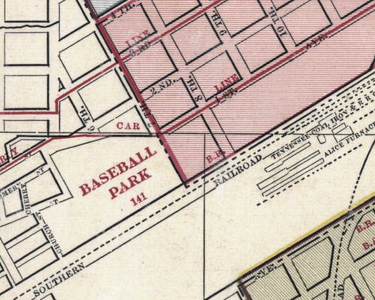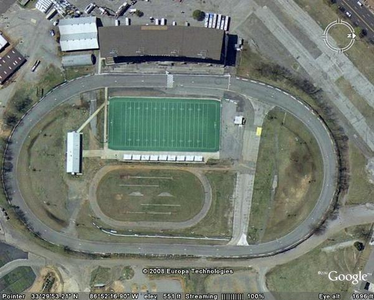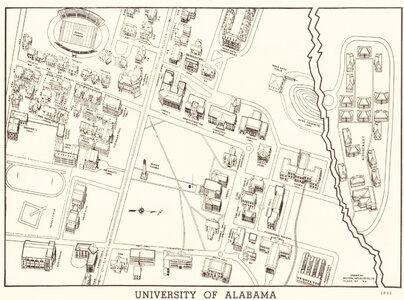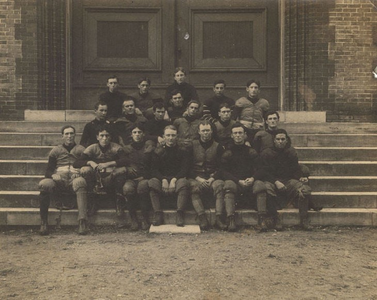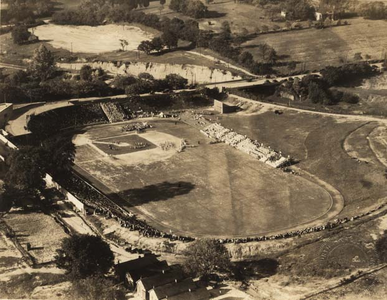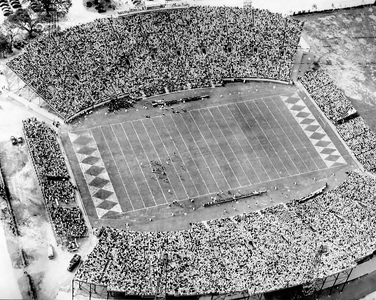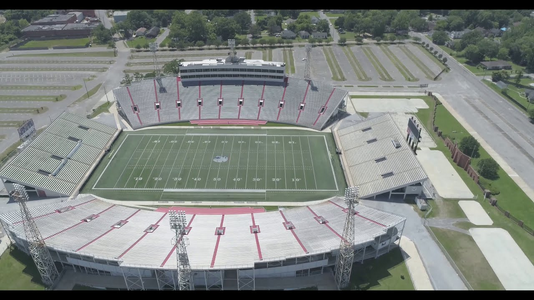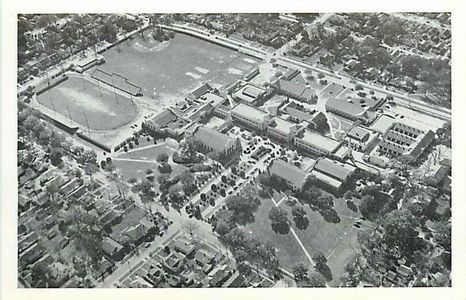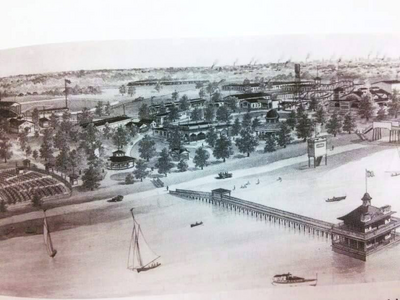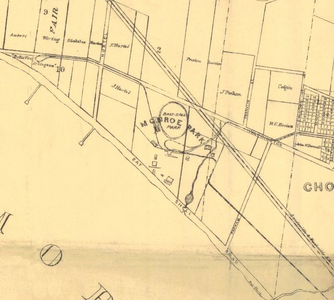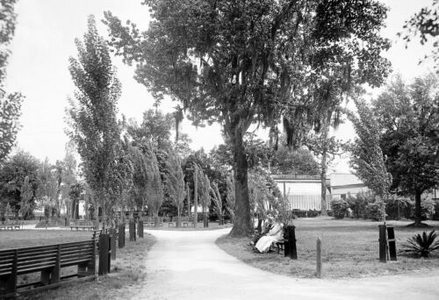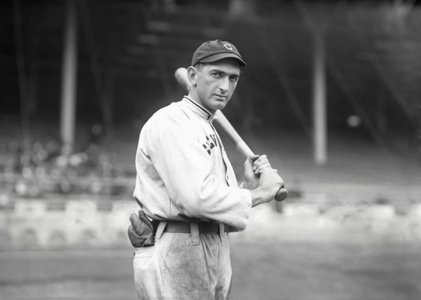Where was the gym? I can see the cemetery at the far end. Was there a gym where Reese-Phifer is now?
Kirk may have the answer first, if not I'll look later tonight when I get a few minutes... But if I recall correctly, Denny Field was between the President's mansion and where Foster is now. The gymnasium was approximately where Little Hall is (closer to the Quad). Somewhere I have a map of it saved.

